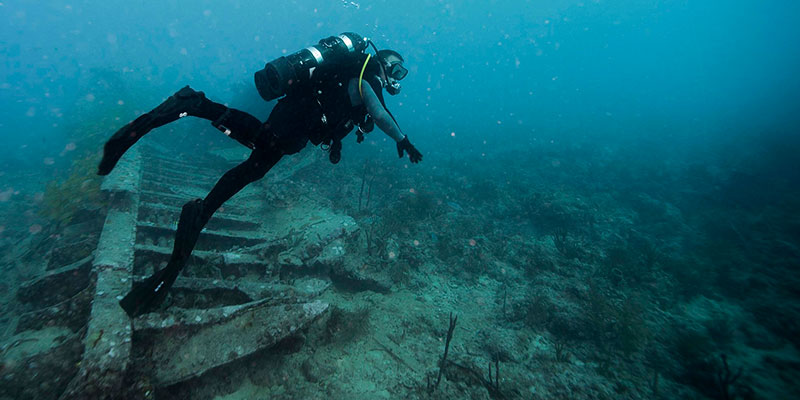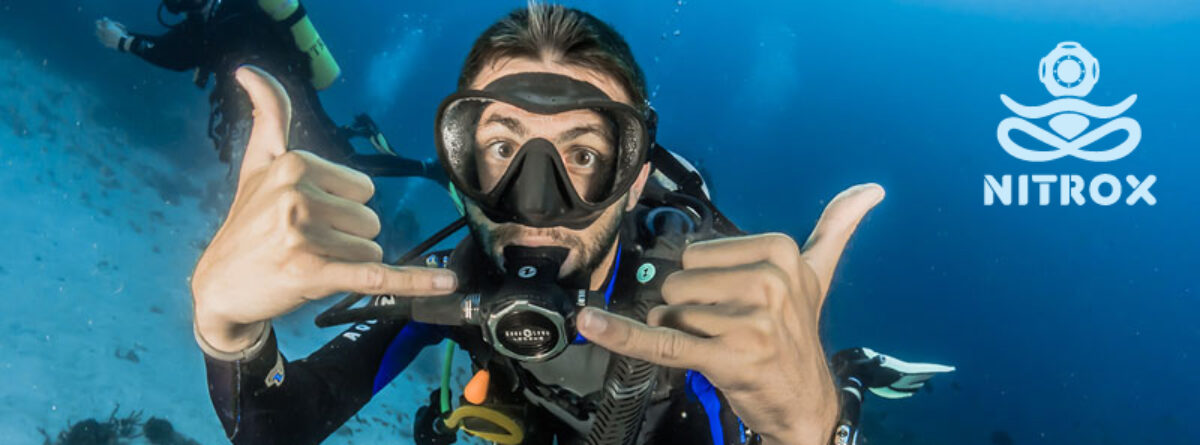Common hazards in a wreck dive
Wreck dive. While each wreck is different, there are circumstances and characteristics that many share. Thus there are also similar risks and complications in each shipwreck. The main ones are the following:
Sharp objects
Due to rust, split surfaces and coral marine life that grows in them, there are sharp and sharp surfaces that can do a lot of damage to the diver. Therefore, the diver must have his tetanus shots up to date. You must also wear gloves and appropriate protective equipment. It is worth mentioning that these risks are present, either shipwrecks made of metal or wood.
Tangles with networks
As shipwrecks eventually become artificial reefs and marine life proliferates there, many fishermen throw nylon lines and fishing nets. Many times the networks and lines get stuck in the wreck. For them the diver has to be very careful not to get entangled. It is essential to dive with a diving knife. It is even recommended to dive with a knife of normal size and a smaller one to be used in confined places.
Aquatic life
Because there is a lot of life in a shipwreck, it is also frequented by large marine predators such as sharks, barracudas, brunettes, etc. Usually these species are not a danger to man. However, we must know in advance what potentially dangerous animals live in the wrecks we are going to visit and what precautions to take.
Unstable structure of wreck diving
As it is to be supposed, a shipwreck consists of corroded, broken and fragile parts that can collapse upon contact with a physicist with a diver or by a sea current. Before such an event, the diver can be trapped or even a single exit could be blocked, if the diver opted to penetrate the wreck. Therefore, care must be taken not to touch the wreck structures and not to touch the surfaces when diving into it.

Dangers in wreck dive penetration
In addition to the risks related to diving near a shipwreck, there are also elements to consider if you choose to penetrate the shipwreck. It is worth mentioning that to enter a shipwreck, adequate training must have been carried out to do so. Otherwise this activity could become very dangerous. Some of the common risks in wreck penetration are:
Loss of direction: Due to the poor visibility and the three-dimensional environment of the interior of a shipwreck whose position may be on its side or even completely inverted, the diver could quickly become disoriented.
There is no direct access to the surface: Once inside a shipwreck before any problem or lack of air the diver will not be able to go directly to the surface, so first he will have to leave the shipwreck, perhaps sharing air with the partner
Restricted passages: Sometimes leaving a wreck cavity becomes more difficult than entering, due to very narrow areas for equipment or sharp surfaces.
Falling of objects: If the diver is not careful, it could cause the fall of heavy objects that could harm him or close the wreck exit areas
Mud: Within a shipwreck a lot of mud can accumulate on the ground, which due to the movement of the diver’s fins can be suspended. This causes visibility to become unfavorable or even zero.


